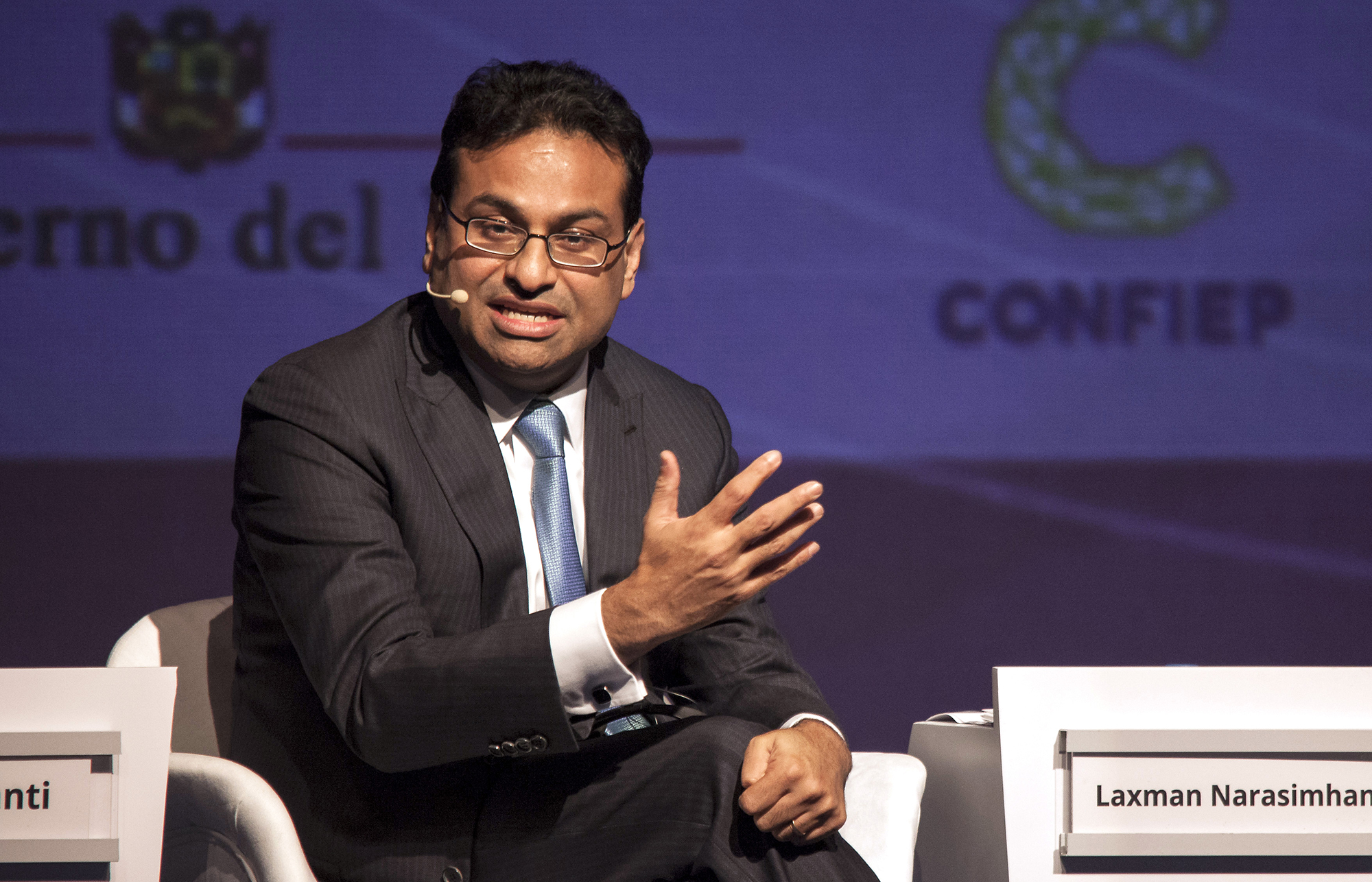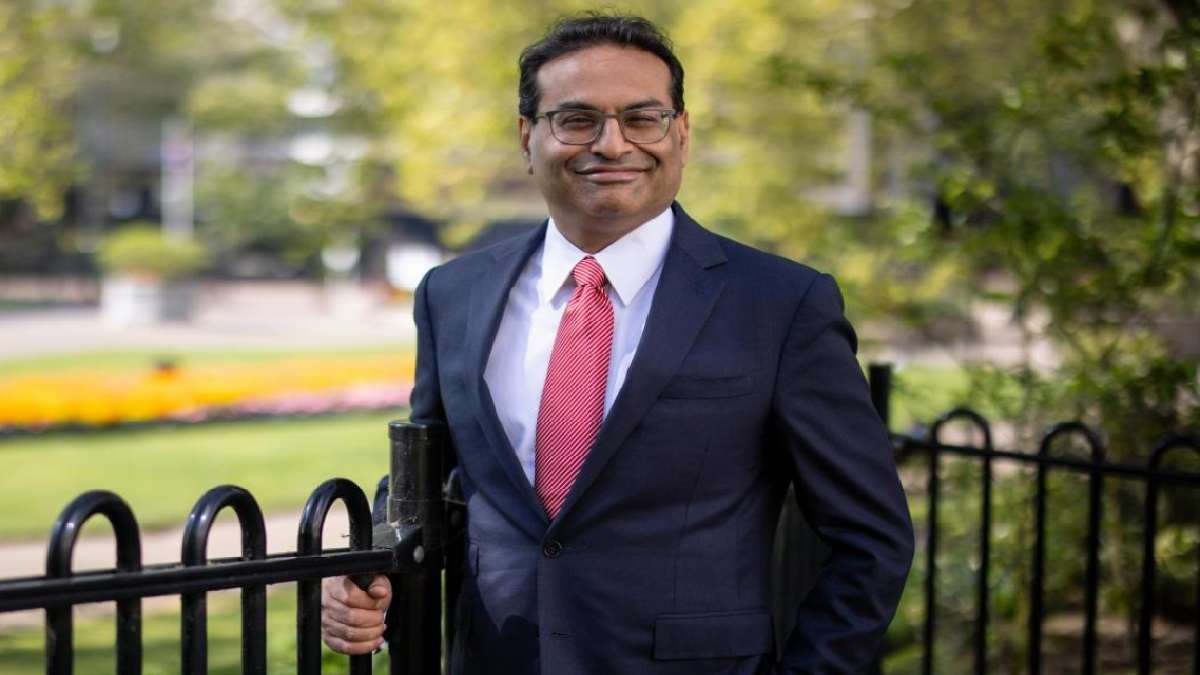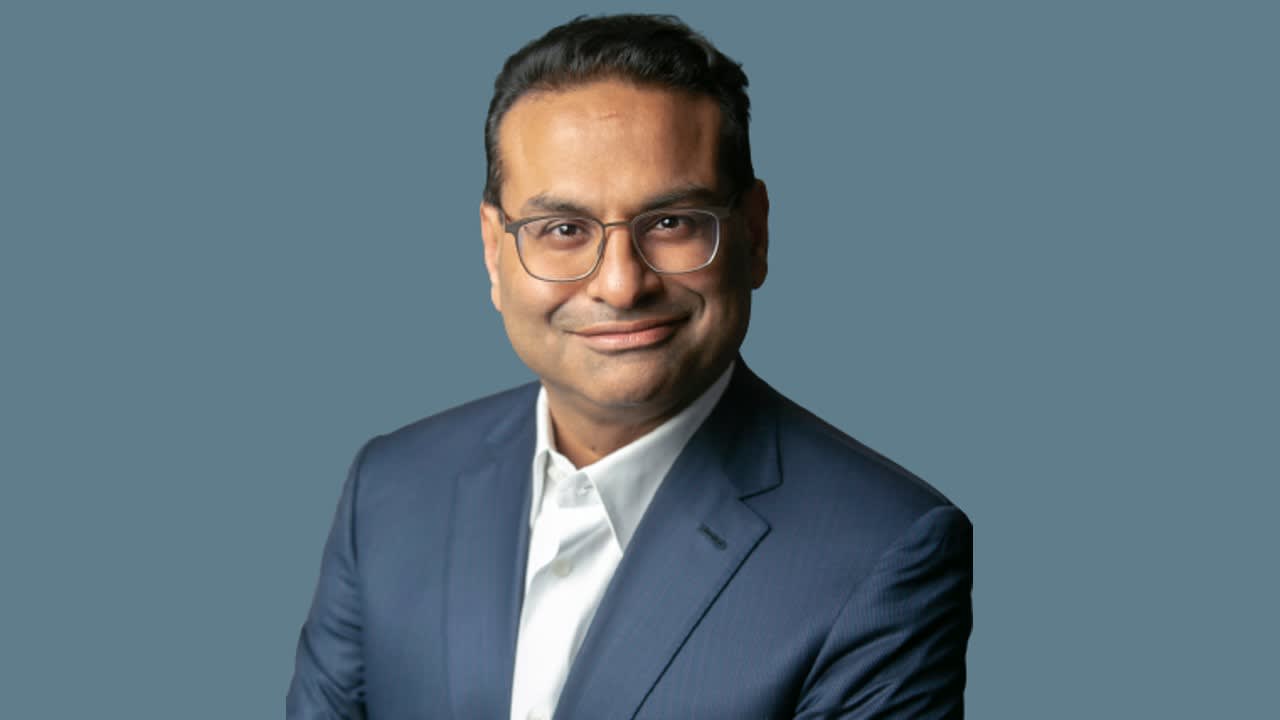Laxman Narasimhan’s Career Trajectory

Laxman Narasimhan’s journey to the helm of Starbucks is a testament to his strategic thinking, global experience, and ability to drive growth in consumer-focused businesses. His career path, marked by key leadership roles at PepsiCo and Reckitt Benckiser, has equipped him with the skills and experience needed to navigate the complex challenges facing Starbucks today.
Key Positions and Achievements, Ceo laxman narasimhan
Narasimhan’s career trajectory is a compelling story of consistent success and a deep understanding of consumer markets. Here are some of his key positions and achievements:
- PepsiCo (1999-2012): Narasimhan’s early career at PepsiCo saw him rise through the ranks, holding roles in marketing, strategy, and finance. He played a pivotal role in developing and executing PepsiCo’s global growth strategy, particularly in emerging markets. His contributions to the company’s international expansion and brand building efforts solidified his reputation as a strategic leader.
- Reckitt Benckiser (2012-2022): Narasimhan’s move to Reckitt Benckiser, a global consumer goods company, marked a significant step in his career. As Chief Commercial Officer, he spearheaded the company’s global commercial strategy, driving growth and innovation across its diverse portfolio of brands. His leadership during this period was instrumental in transforming Reckitt Benckiser into a more consumer-centric organization, focusing on building strong brands and delivering value to consumers. He was promoted to CEO in 2019, where he further honed his leadership skills, navigating complex market dynamics and leading the company through a period of significant change.
Skills and Experiences Gained at PepsiCo and Reckitt Benckiser
Narasimhan’s experiences at PepsiCo and Reckitt Benckiser provided him with a unique blend of skills and experiences that have proven invaluable in his role as CEO of Starbucks.
- Global Business Acumen: His time at both PepsiCo and Reckitt Benckiser exposed him to diverse markets and cultures, allowing him to develop a deep understanding of global consumer trends and preferences. This global perspective is crucial for a company like Starbucks, which operates in over 80 countries.
- Strategic Thinking and Execution: Narasimhan has a proven track record of developing and implementing successful strategic plans. His experience in leading global teams, managing complex projects, and driving organizational change has equipped him with the skills needed to navigate the challenges of leading a global coffee giant like Starbucks.
- Brand Building and Innovation: His experience in the consumer goods industry has given him a keen understanding of brand management and innovation. He has a proven ability to create compelling brand experiences and drive innovation, which will be critical for Starbucks to maintain its competitive edge in the evolving coffee market.
- Focus on Consumer Needs: Narasimhan’s leadership at Reckitt Benckiser, where he focused on building a more consumer-centric organization, demonstrates his commitment to understanding and meeting the needs of customers. This customer-centric approach will be crucial for Starbucks to maintain its loyal customer base and attract new ones.
Comparison with Previous Starbucks CEOs
Narasimhan’s leadership style and approach are distinct from those of his predecessors at Starbucks. While Howard Schultz’s tenure was marked by a focus on creating a strong brand identity and a passionate customer experience, Kevin Johnson’s leadership focused on operational efficiency and digital transformation.
Narasimhan’s approach is likely to be a blend of both, focusing on building a strong brand while driving innovation and operational excellence. He has already stated his commitment to the Starbucks mission of “inspiring and nurturing the human spirit – one person, one cup, and one neighborhood at a time.” However, his experience in the consumer goods industry and his focus on data-driven decision-making suggest he will bring a new perspective to the company. He is expected to leverage technology to enhance the customer experience and drive operational efficiency, while also remaining focused on the company’s core values and brand identity.
Narasimhan’s Vision for Starbucks: Ceo Laxman Narasimhan

Laxman Narasimhan, the new CEO of Starbucks, has a clear vision for the future of the coffee giant, focusing on revitalizing the brand, enhancing customer experience, and driving sustainable growth. His vision encompasses a multi-pronged approach, addressing key challenges and capitalizing on emerging trends in the coffee industry.
Addressing Key Challenges
Narasimhan recognizes the need to address key challenges facing Starbucks, including intense competition, evolving consumer preferences, and employee relations. He aims to strengthen Starbucks’ competitive edge by focusing on enhancing the customer experience, investing in innovation, and fostering a positive work environment for employees.
Competition
Starbucks faces stiff competition from other coffee chains, independent coffee shops, and even grocery stores offering coffee options. Narasimhan plans to address this challenge by:
- Improving store experience: This includes enhancing the ambiance, providing faster service, and personalizing the customer experience through technology.
- Expanding digital offerings: This includes enhancing the Starbucks app, introducing new mobile payment options, and expanding delivery services.
- Strengthening loyalty programs: This involves offering personalized rewards and benefits to incentivize repeat business and build stronger customer relationships.
Changing Consumer Preferences
Consumer preferences are shifting towards healthier and more sustainable options, and Starbucks needs to adapt. Narasimhan plans to address this by:
- Expanding plant-based offerings: This includes introducing new vegan and vegetarian options, such as oat milk alternatives and plant-based pastries.
- Promoting sustainability initiatives: This includes sourcing ethically sourced coffee beans, reducing waste, and investing in renewable energy sources.
- Offering personalized experiences: This involves leveraging technology to provide customized recommendations and tailor the customer experience based on individual preferences.
Employee Relations
Employee relations have been a point of contention for Starbucks in recent years. Narasimhan aims to improve employee morale and create a more positive work environment by:
- Increasing wages and benefits: This includes raising wages, offering better health insurance options, and providing more opportunities for professional development.
- Improving communication and transparency: This includes fostering open communication channels, listening to employee feedback, and being transparent about company decisions.
- Creating a more inclusive work environment: This involves promoting diversity and inclusion, ensuring fair treatment for all employees, and providing opportunities for career advancement.
Impact of Narasimhan’s Leadership

It’s too early to call Narasimhan a coffee-fueled miracle worker, but his early impact on Starbucks is showing some interesting signs. He’s shaking things up, and that’s got people buzzing, both inside and outside the company.
Financial Performance
Narasimhan’s leadership has been marked by a focus on financial performance. This is evident in the company’s recent financial results. In the first quarter of fiscal 2023, Starbucks reported a 13% increase in revenue, and a 17% increase in net income. This strong performance can be attributed to a number of factors, including Narasimhan’s focus on cost-cutting measures, increased pricing, and the continued expansion of Starbucks’ global footprint.
Customer Satisfaction
Customer satisfaction is a crucial metric for any company, and Starbucks is no exception. While it’s still early days, some signs point to a potential improvement in customer satisfaction under Narasimhan’s leadership. The company has implemented a number of initiatives aimed at improving the customer experience, such as investing in new technology, streamlining the ordering process, and enhancing the overall store experience.
Employee Morale
Employee morale is another key indicator of a company’s success. Narasimhan has made it a priority to improve employee morale at Starbucks. He has implemented a number of initiatives aimed at improving employee well-being, including increased wages, expanded benefits, and a focus on employee development. These initiatives have been well-received by employees, and they have contributed to a more positive work environment.
Challenges and Opportunities
Narasimhan faces a number of challenges and opportunities in leading Starbucks through a period of significant change and disruption. The company is facing increased competition from other coffee chains, as well as from independent coffee shops. Starbucks is also facing pressure to address issues related to sustainability, social responsibility, and diversity and inclusion.
Key Initiatives
Narasimhan’s first year as CEO has been marked by a number of key initiatives, including:
| Initiative | Objective | Implementation Strategy | Projected Outcome |
|---|---|---|---|
| Starbucks Rewards Program Enhancements | Increase customer engagement and loyalty | Introduce personalized offers and rewards, expand program benefits, and integrate the program with other Starbucks platforms. | Increased customer retention, higher spending, and improved brand loyalty. |
| Global Expansion | Expand Starbucks’ global footprint and reach new markets | Open new stores in key growth markets, partner with local businesses, and adapt the Starbucks experience to local tastes and preferences. | Increased revenue, market share, and brand recognition. |
| Technology Investments | Enhance the customer experience and streamline operations | Invest in new technologies such as mobile ordering, digital payment systems, and data analytics. | Improved efficiency, faster service, and increased customer satisfaction. |
| Employee Empowerment | Create a more engaged and empowered workforce | Implement programs that focus on employee development, provide opportunities for career advancement, and foster a culture of collaboration and innovation. | Increased employee satisfaction, reduced turnover, and improved productivity. |
Ceo laxman narasimhan – Laxman Narasimhan, the new CEO of Starbucks, is facing a challenging landscape in the coffee industry. He’s likely to draw inspiration from individuals who have achieved success in similar environments, like steve ells , a renowned music executive known for his strategic leadership.
Narasimhan’s focus on innovation and customer experience will be crucial as he navigates the competitive coffee market.
Laxman Narasimhan, the CEO of Starbucks, has a significant task ahead of him in revitalizing the coffee giant. One key area he’ll be watching closely is the performance of CMG stock , a competitor in the fast-casual dining space. Chipotle’s success, particularly in its focus on fresh ingredients and digital ordering, provides valuable insights for Starbucks’ own growth strategy.
